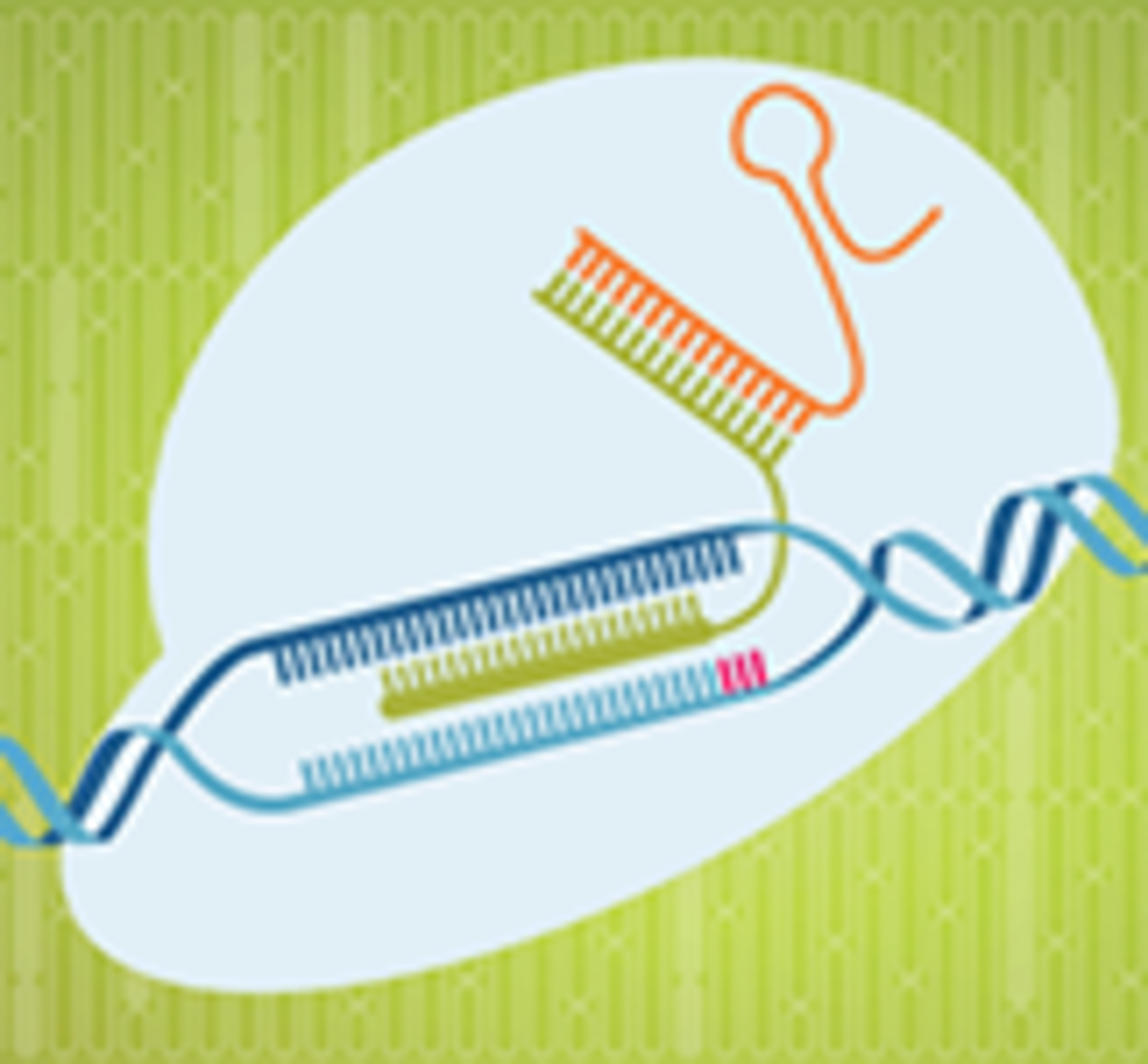ETH Zurich researchers use Cas12a to develop multiplex genome engineering platform
In a new study published in Nature Methods, the researchers describe a method they developed to encode a CRISPR array and a Cas12a enzyme in a single transcript by adding a stabilizer tertiary RNA structure, in order to enable the modification of multiple genetic elements simultaneously and thereby elucidate and control the gene interactions and networks underlying complex cellular functions.
"By leveraging this system, we illustrate constitutive, conditional, inducible, orthogonal, and multiplexed genome engineering of endogenous targets using up to 25 individual CRISPR RNAs delivered on a single plasmid," the authors wrote. "Our method provides a powerful platform to investigate and orchestrate the sophisticated genetic programs underlying complex cell behaviors."
In this study, the investigators used the dual RNase/DNase function of Acidaminococcus sp. Cas12a (AsCas12a) to develop a system they called single-transcript Cas12a (SiT-Cas12a), encoding Cas12a and dozens of crRNAs in a single transcript for multiplexed genome engineering. They stabilized SiT-Cas12a transcripts by including a tertiary structural motif, which improved pre-crRNA processing and Cas12a production.
The investigators evaluated the potential of the SiT-Cas12a platform for multiplexed gene editing, using a CRISPR array containing five spacers targeting different genomic loci (FANCF1, EMX1, GRIN2B, VEGF, and DNMT1). They found that gene editing efficiency was higher in cells expressing SiT-Cas12a compared to a CRISPR-Cas12a control. They also compared the gene editing efficiency of SiT-Cas12a with previously reported Cas12a platforms based on independent transcription of Cas12a and a CRISPR array from distinct promoters, and found that expression of SiT-Cas12a resulted in gene editing efficiencies equal to or higher than other tested platforms.
In further experiments, the researchers cloned a CRISPR array harboring ten distinct spacer sequences targeting the CD47 locus in the SiT-Cas12a context, either singularly or jointly, and performed gene editing quantification. They found that the gene editing efficiency of single crRNAs ranged from 2 percent to 17 percent, but that simultaneous expression of all crRNAs increased the gene editing efficiency up to 60 percent, indicating that the targeting of multiple crRNAs in the same coding gene introduced more loss-of-function mutations.
"Taken together, SiT-Cas12a effectors, based on AsCas12a, facilitated orthogonal transcriptional control and gene editing simply by altering spacer length," the team added. "Considering the mean natural length of protein-coding transcripts found within mammalian cells (13.5 kb), the potential for expressing multiple crRNAs in the SiT-Cas12a context is profound. In the future this could theoretically be used to enable massively multiplexed expression of hundreds to thousands of independent crRNAs, opening up avenues for large-scale genome engineering efforts."
This article originally appeared on GenomeWeb.

